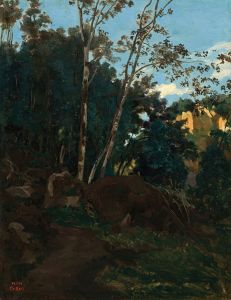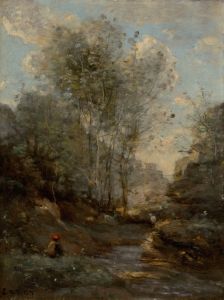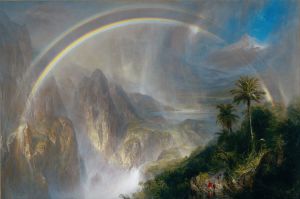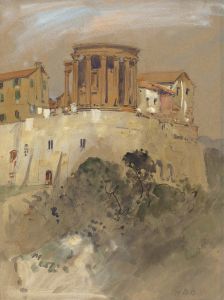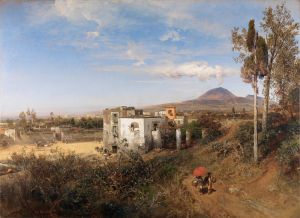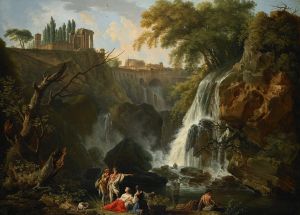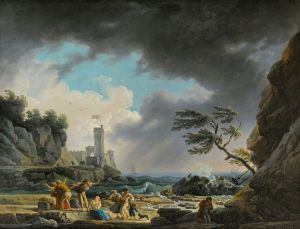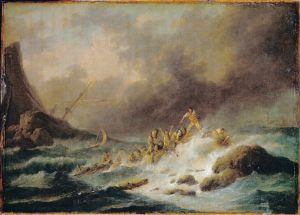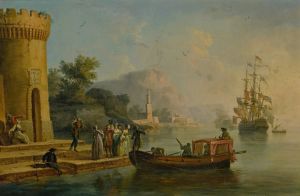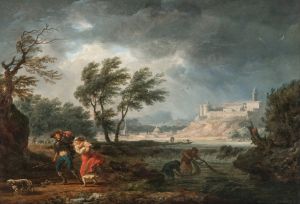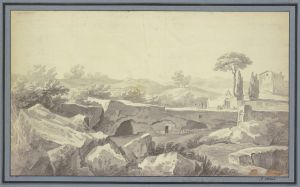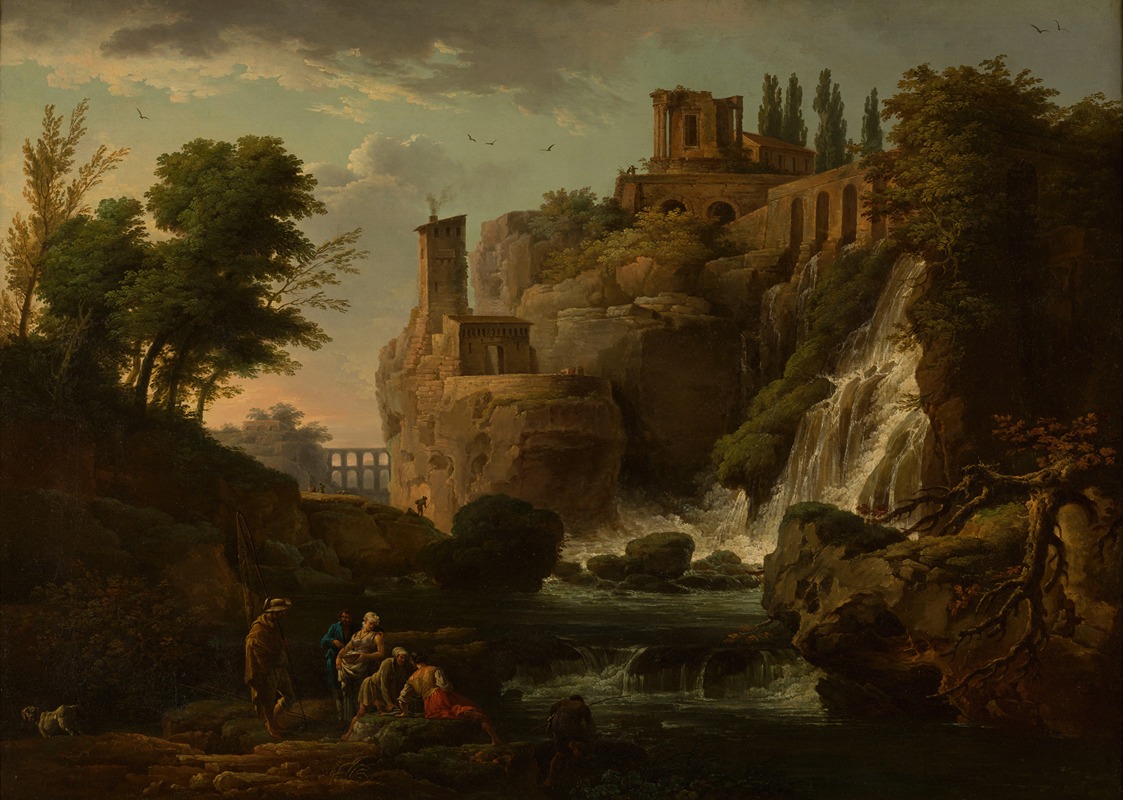
Les Cascatelles de Tivoli
A hand-painted replica of Claude-Joseph Vernet’s masterpiece Les Cascatelles de Tivoli, meticulously crafted by professional artists to capture the true essence of the original. Each piece is created with museum-quality canvas and rare mineral pigments, carefully painted by experienced artists with delicate brushstrokes and rich, layered colors to perfectly recreate the texture of the original artwork. Unlike machine-printed reproductions, this hand-painted version brings the painting to life, infused with the artist’s emotions and skill in every stroke. Whether for personal collection or home decoration, it instantly elevates the artistic atmosphere of any space.
Claude-Joseph Vernet's painting Les Cascatelles de Tivoli (The Waterfalls of Tivoli) is a notable work by the French landscape painter, who was active during the 18th century. Vernet, born in Avignon in 1714, is renowned for his atmospheric landscapes and seascapes, often characterized by their dramatic lighting and meticulous attention to natural detail. This painting exemplifies his skill in capturing the sublime beauty of nature, a hallmark of his artistic style.
The artwork depicts the famous waterfalls near Tivoli, a town located about 30 kilometers east of Rome, Italy. The Cascatelle, or small waterfalls, are part of the Aniene River and have been a source of inspiration for artists, poets, and travelers for centuries. Tivoli itself was a popular destination during the Grand Tour, a cultural journey through Europe undertaken by wealthy young men of the 17th and 18th centuries. The town's natural beauty and historical significance made it a frequent subject for artists like Vernet.
In Les Cascatelles de Tivoli, Vernet captures the cascading water amidst a rugged landscape, surrounded by lush vegetation and rocky cliffs. The composition often includes human figures, a common feature in Vernet's works, which serve to emphasize the grandeur of the natural setting. These figures are typically depicted in harmonious interaction with their environment, reflecting the Enlightenment-era fascination with the relationship between humanity and nature.
Vernet painted this work during his time in Italy, where he lived from 1734 to 1753. This period was crucial for his artistic development, as he was deeply influenced by the Italian landscape and the works of earlier masters such as Claude Lorrain and Salvator Rosa. His Italian sojourn allowed him to refine his ability to depict atmospheric effects, such as the play of light and shadow, which is evident in Les Cascatelles de Tivoli.
The painting is part of Vernet's broader body of work that often blends realism with idealized elements, creating scenes that are both true to nature and imbued with a sense of poetic beauty. His landscapes were highly sought after by patrons across Europe, and his reputation as one of the leading landscape painters of his time was firmly established.
Today, Les Cascatelles de Tivoli is recognized as an exemplary piece of Vernet's oeuvre, reflecting his mastery of landscape painting and his ability to evoke the awe-inspiring power of nature. The painting is housed in a museum or private collection, though specific details about its current location are not readily available.







